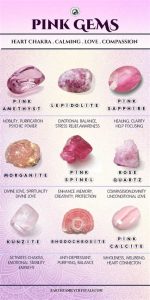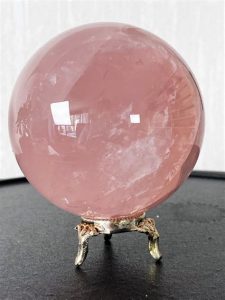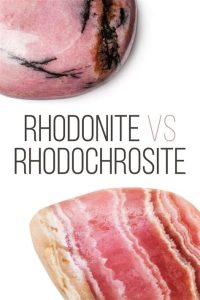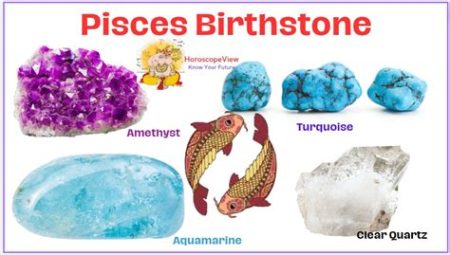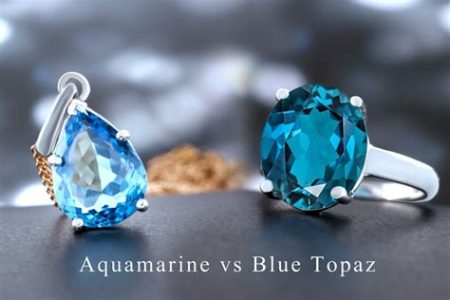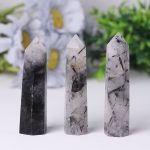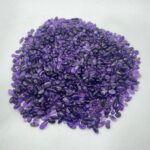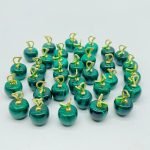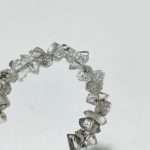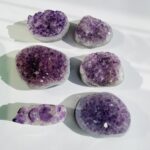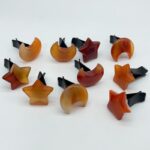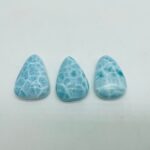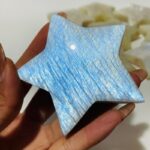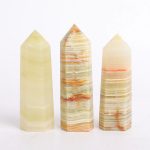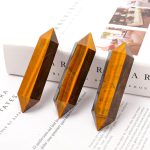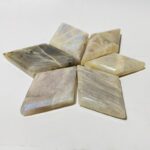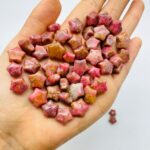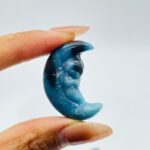With the increasing popularity of crystals and gemstones, it is essential to be aware of the prevalence of fake crystals in the market. These imitations, often made of glass, plastic, or resin, can deceive unsuspecting buyers. Understanding the differences between real and fake crystals is crucial to avoid falling prey to deceptive practices.
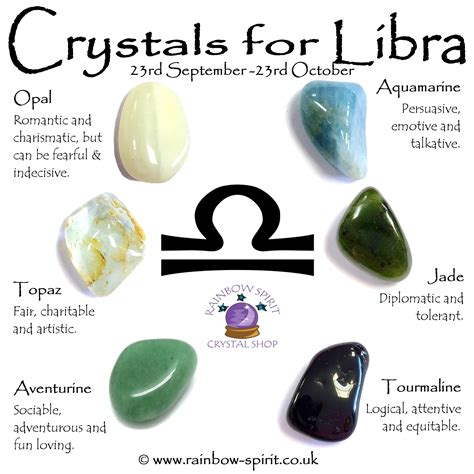
Identifying Fake Crystals
1. Physical Properties:
– Fake crystals typically have a lower density than genuine ones.
– They possess a uniform texture and lack the natural imperfections found in real crystals.
2. Coloration:
– Fake crystals often exhibit an overly vibrant or artificial coloration.
– Natural crystals may have slight variations in color and intensity due to geological factors.
3. Thermal Conductivity:
– Real crystals conduct heat efficiently, whereas fake crystals have poor thermal conductivity.
– When holding a real crystal, it will feel cool to the touch.
4. Crystal Structure:
– Genuine crystals have a distinct crystal structure that can be observed under a microscope.
– Fake crystals lack this characteristic structure.
Common Fake Crystals
1. Glass:
– Glass is the most common material used to create fake crystals.
– It is clear, colorless, and can be easily tinted to resemble various gemstones.
2. Plastic:
– Plastic is another popular material for fake crystals.
– It is lightweight, durable, and can be molded into complex shapes.
3. Resin:
– Resin is a synthetic material that can be dyed and shaped to imitate real crystals.
– It is often used to create large, decorative pieces.
Ethical Concerns and Consequences
The use of fake crystals has raised ethical concerns due to:
- Deception: Selling fake crystals as genuine is dishonest and misleads consumers.
- Environmental Impact: Fake crystals can contribute to landfills and pollute ecosystems.
- Reputational Damage: The sale of fake crystals can erode trust in the crystal and gemstone industry.
Benefits of Real Crystals
Real crystals offer a range of benefits, including:
- Energy Healing: Crystals are believed to possess healing properties and can promote physical, emotional, and spiritual well-being.
- Chakra Balancing: Crystals can be used to activate and balance the body’s chakras, improving energy flow.
- Protection: Certain crystals are said to provide protection against negative energies and harmful radiation.
How to Avoid Fake Crystals
To ensure you purchase genuine crystals, consider the following tips:
- Buy from Reputable Dealers: Research and purchase crystals from certified and trusted sources.
- Examine the Physical Properties: Pay attention to the crystal’s density, texture, and thermal conductivity.
- Use a Magnifying Glass: Inspect the crystal under a magnifying glass to check for imperfections and a distinct crystal structure.
- Consider the Price: Genuine crystals are typically more expensive than fake crystals. Extremely low prices may indicate imitation.
Step-by-Step Approach to Identifying Fake Crystals
- Check the Weight: Hold the crystal in your hand and assess its weight. If it feels too light, it may be fake.
- ** Observe the Texture:** Examine the surface of the crystal for any noticeable imperfections or irregularities.
- ** Measure the Temperature:** Touch the crystal to your cheek. If it feels warm, it may be fake.
- Inspect the Structure: Use a magnifying glass to look for a distinct crystal structure.
- ** Consult an Expert:** If you are unsure, consult a gemologist or crystal expert for professional guidance.
Why Fake Crystals Matter
Fake crystals not only deceive buyers but also:
- Undermine the Value of Real Crystals: They dilute the market and reduce the perceived value of genuine stones.
- Diminish the Crystal Experience: Fake crystals do not possess the same energetic properties or healing benefits as real crystals.
- Encourage Unethical Practices: The sale of fake crystals perpetuates dishonesty and undermines the integrity of the crystal industry.
Market Insights
The global market for fake crystals is estimated to reach $1 billion by 2025, driven by the increasing popularity of crystals and the proliferation of online retailers. However, growing consumer awareness of fake crystals is expected to moderate the growth rate in the coming years.
Reviews
-
“I purchased a ‘rose quartz’ crystal online, but it turned out to be a piece of glass. It’s frustrating to be deceived.” – Sarah J.
-
“I’ve bought real crystals from a reputable dealer, and I can feel the difference in the energy they emit.” – Jane M.
-
“Fake crystals may be cheap, but they don’t provide any of the benefits of real crystals.” – John S.
-
“It’s important to be informed about fake crystals to avoid purchasing them and support ethical practices.” – Erica P.
Tips and Tricks
- Use a Black Light: Some fake crystals, such as amethyst, glow under a black light.
- Scratch Test: Scratch the crystal with a sharp object. Real crystals will not scratch easily.
- Immersion Test: Immerse the crystal in a glass of water. Fake crystals may float or change color.
Concluding Remarks
Understanding fake crystals empowers consumers to make informed decisions. By recognizing the physical properties, benefits, and ethical concerns associated with real crystals, you can protect yourself from deception and enjoy the genuine power of these natural wonders. Remember, the authenticity of crystals matters, so prioritize reputable sources and educate yourself to discern between real and fake crystals.

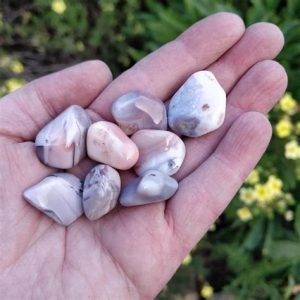
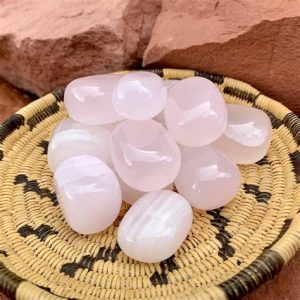
![🔮 Pink Carnelian: The Essential Guide [2025] 7 Fake Crystals: The Truth About Imitation Stones and Gems](https://wholesale-crystal.com/wp-content/uploads/2025/01/1737995002-450x300.jpg)

